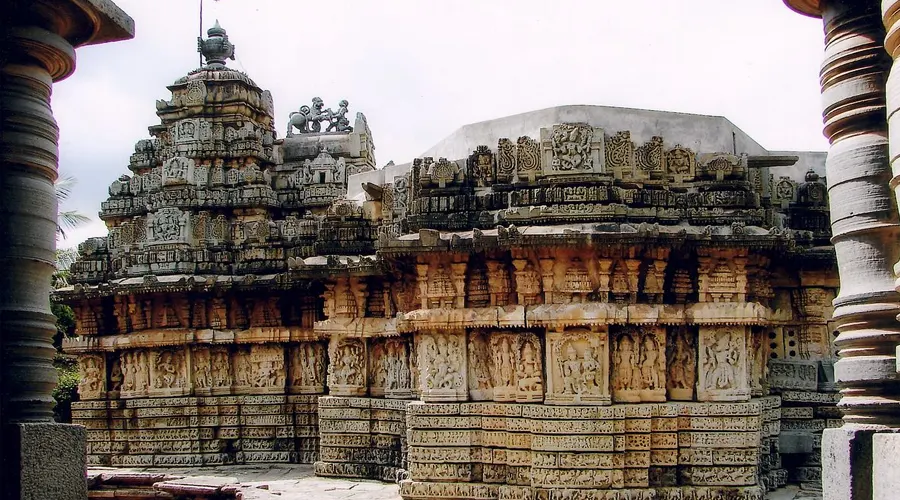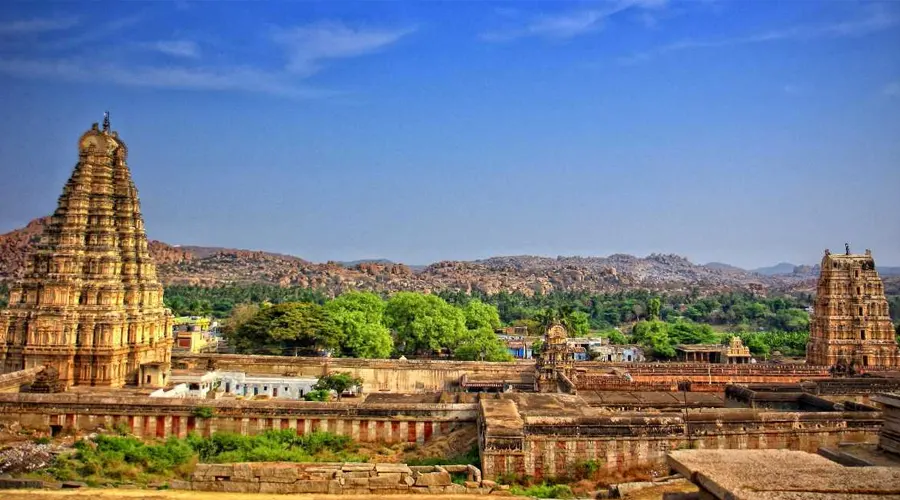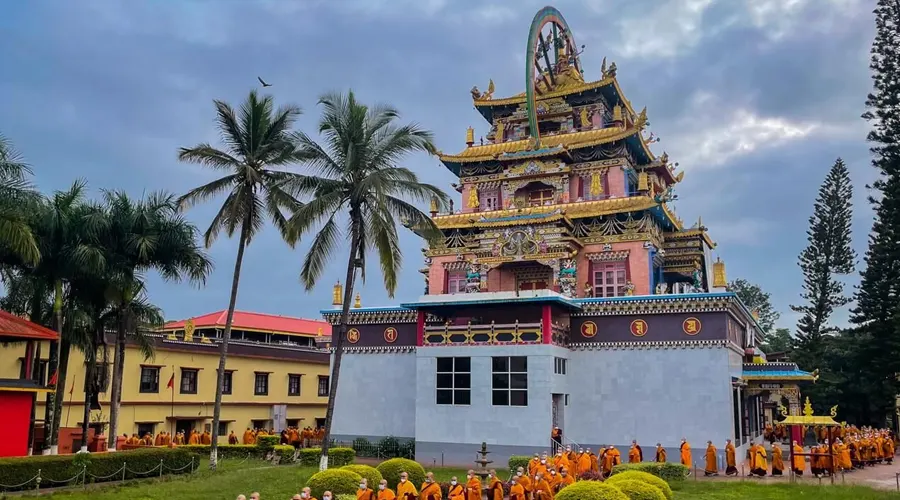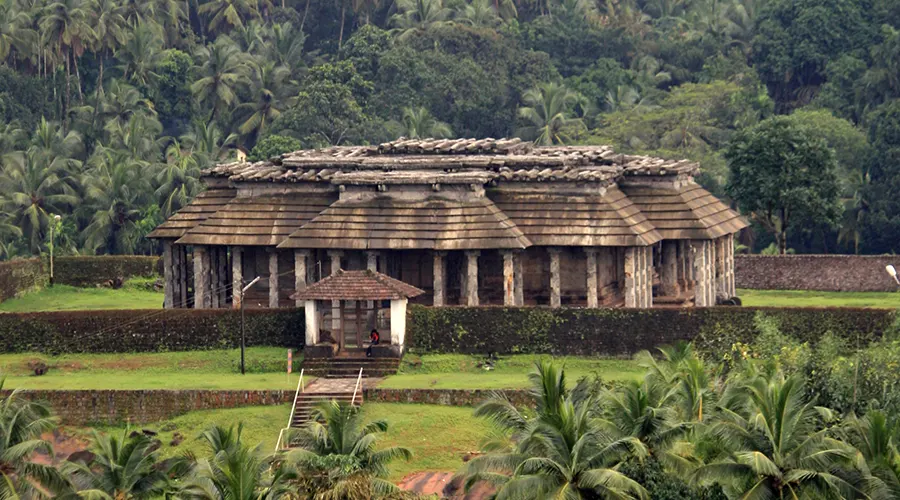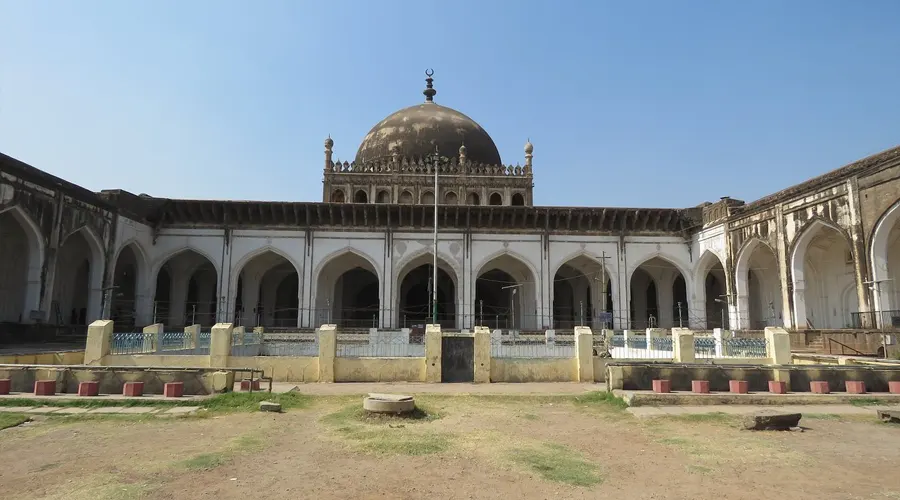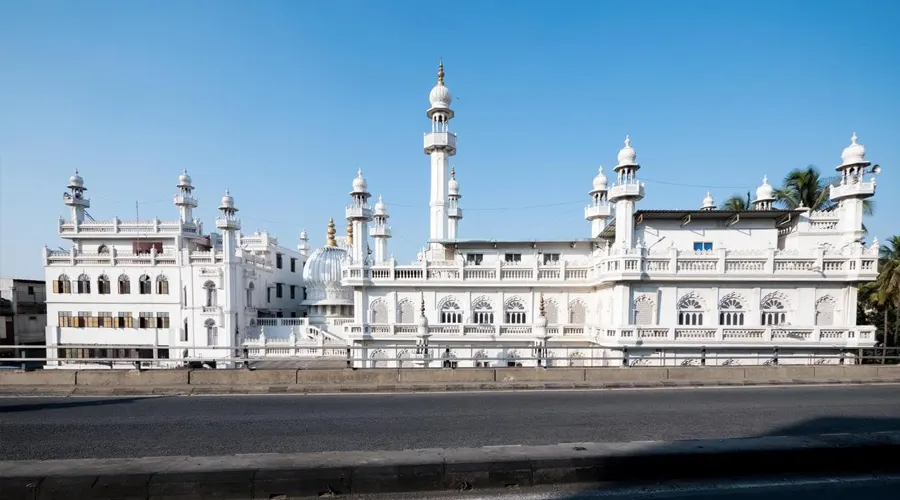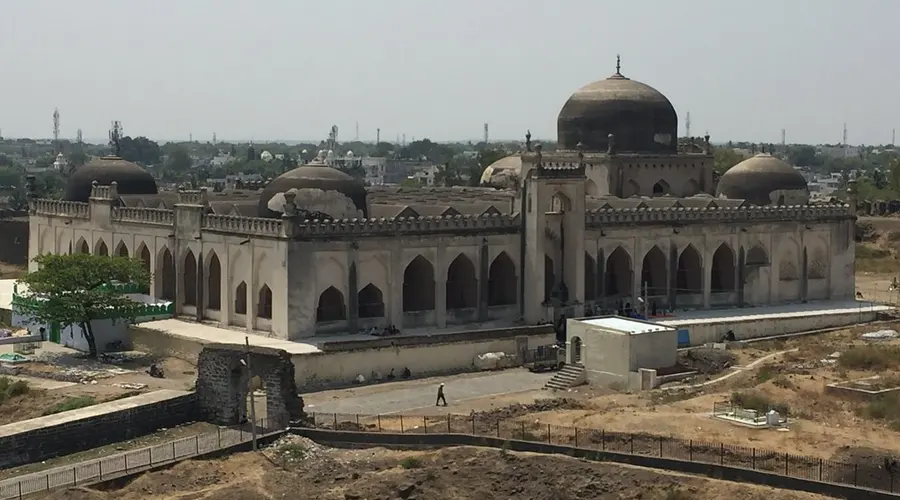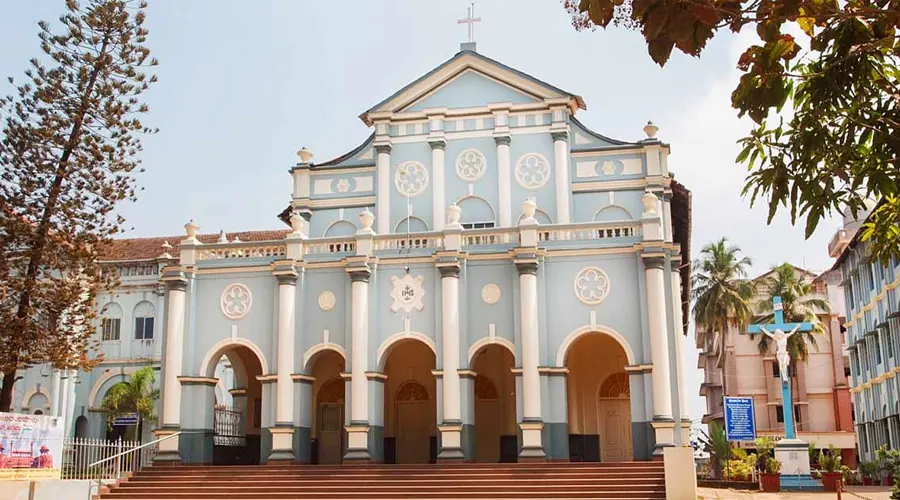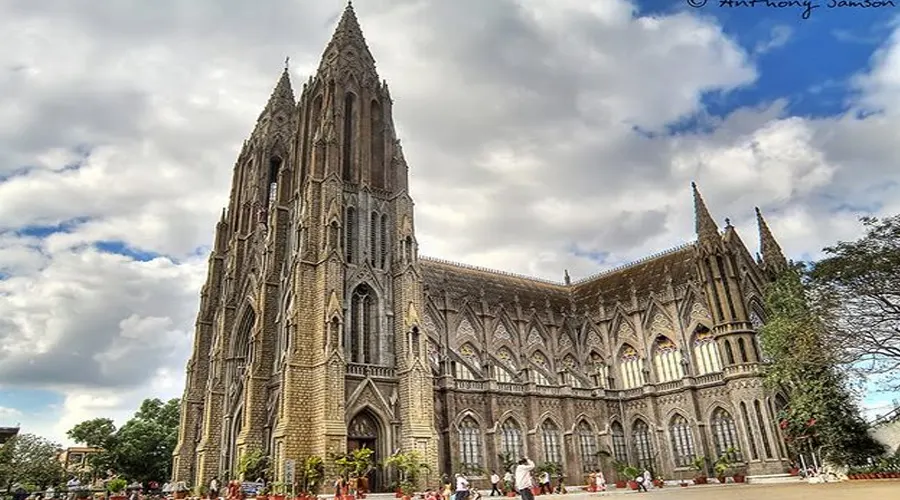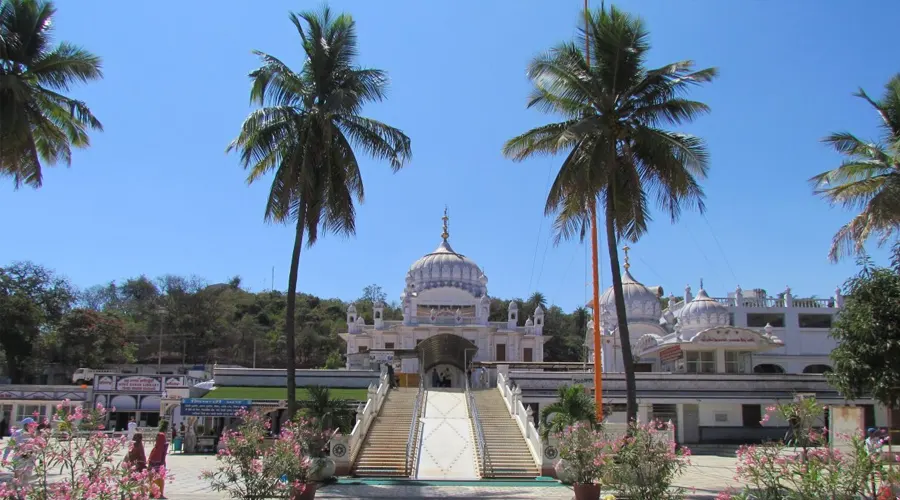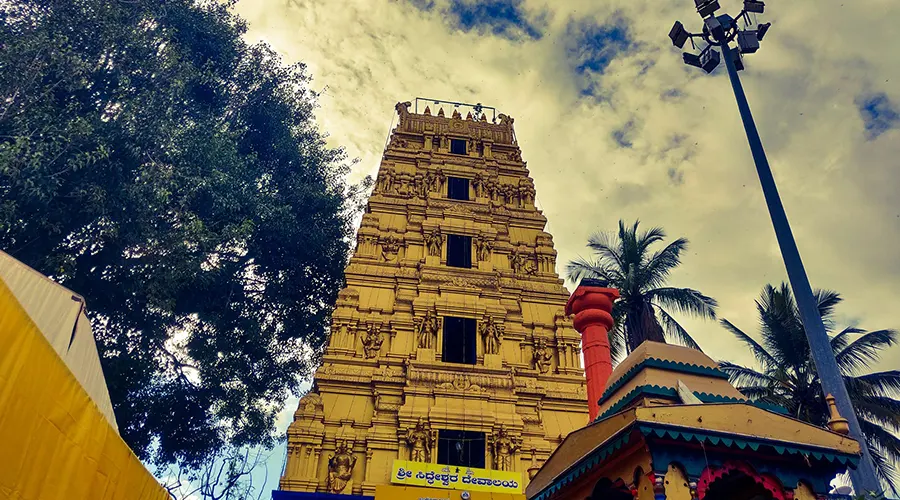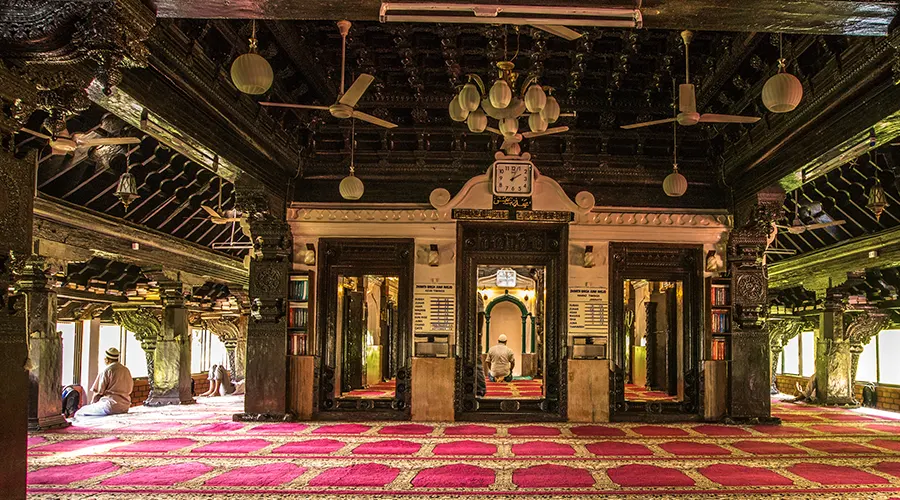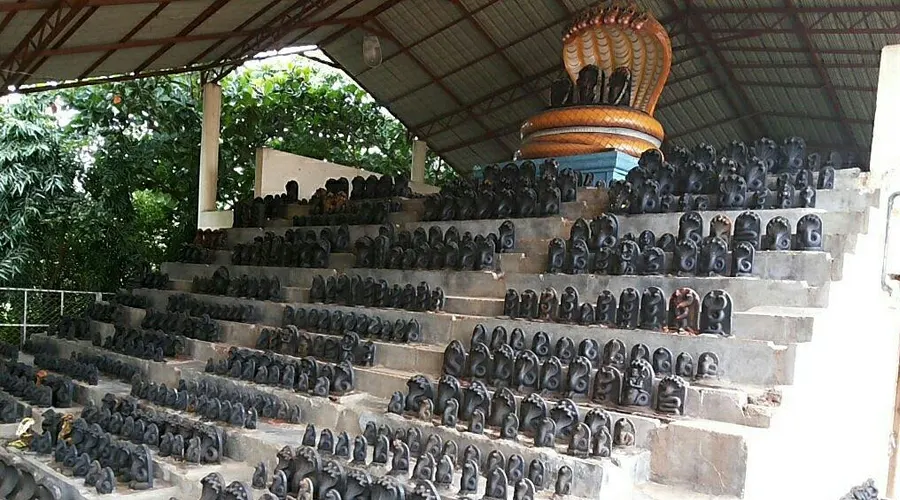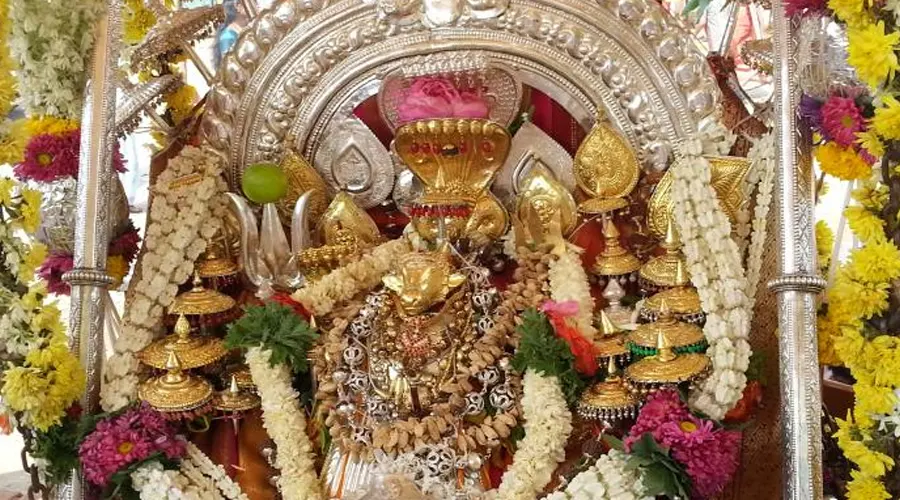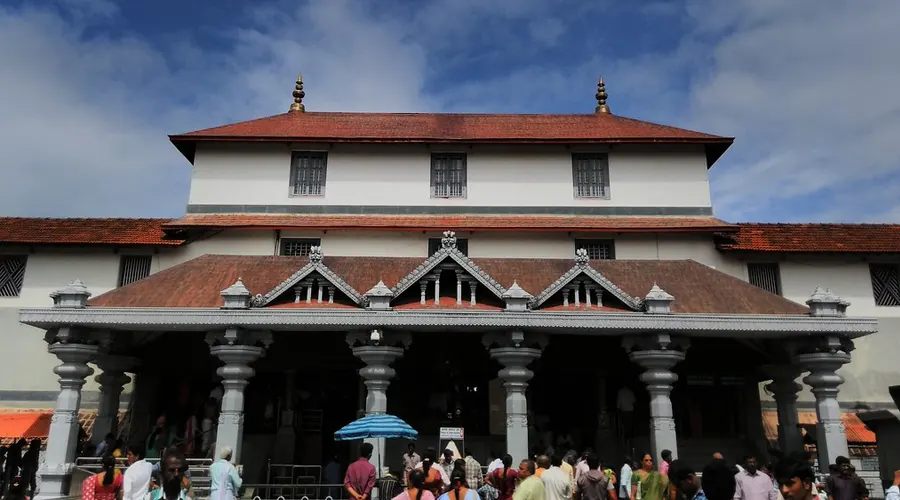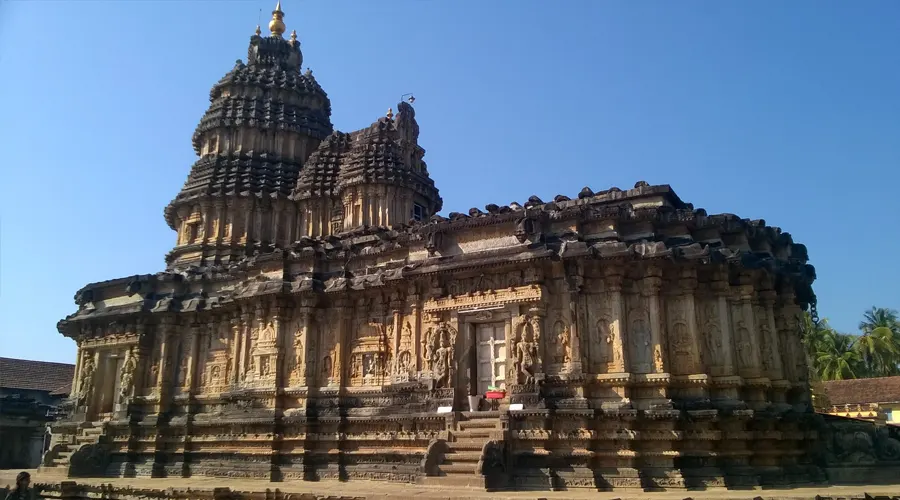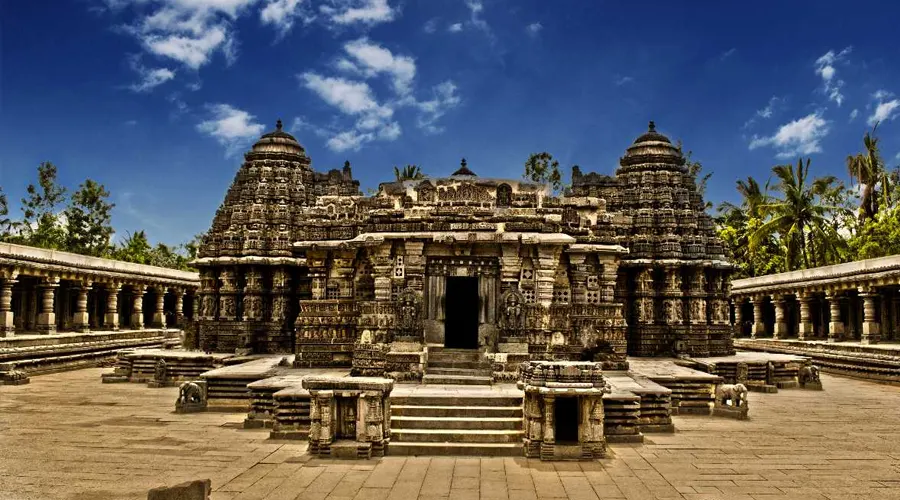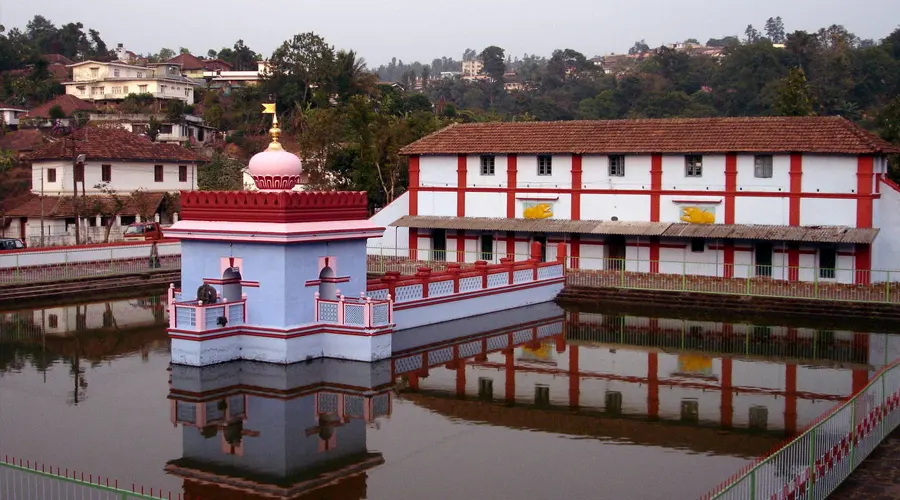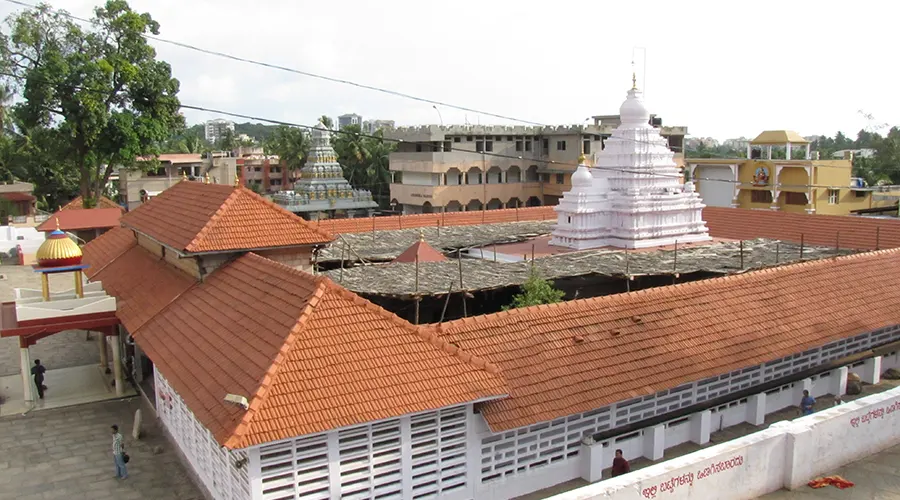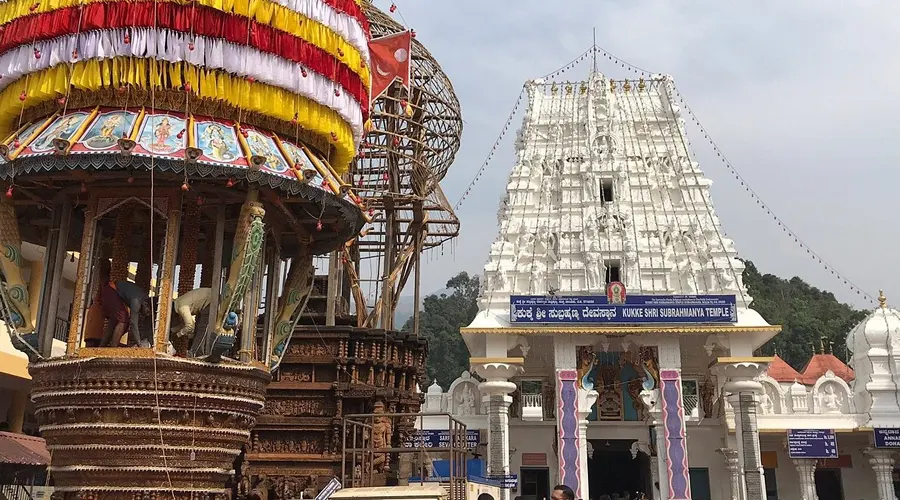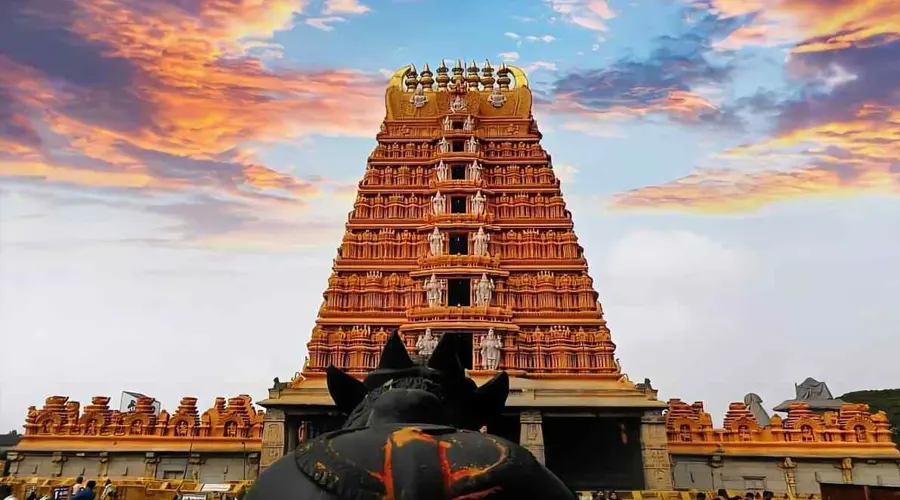Mallikarjuna Temple
Within the Bhootanatha temple cluster by the beautiful Agastya Lake of Badami lies the elegantly designed Mallikarjuna Temple. Dedicated to Lord Shiva, the temple, along with smaller shrines built around it, was constructed in a star-shaped plan in the 11th century. Its structure is representative of the Chalukyan architectural influence seen on a majority of the historical buildings in this heritage town.
Built-in the Phamsana style, with tiered pyramids forming the greater part of the structures, these temples are assumed to have been constructed during the era of the Rashtrakutas and Kalyani Chalukyas. The outer walls of the temple are uncarved, smooth rock surfaces. The tower of the inner sanctum is built in the typical Rashtrakuta style of architecture. The main shrine has a pillared chief mandapa or hall, an enclosed middle mandapa followed by the inner sanctum.
The inner walls and pillars are smooth and plain, with angled eaves across the roof of the halls. The shrines are topped up by pyramid-shaped superstructures made of closely spaced horizontal tiers. Outside the temple clusters lies the charming blue-green Agastya Lake, with a glorious sight of the massive rocky hills of Badami at its flanks.
History of Mallikarjuna Temple
The Mallikarjuna Temple at Basaralu was built around the year 1234 A.D. the Archaeological Survey of India has safeguarded the temple as a memorial holding national Importance. The village is famous for the temple located here, it has a rich architectural history and has old sculptures and hero stones within the temple.
Architecture of Mallikarjuna Temple
The Mallikarjuna Temple, Basaralu is well known for its ancient architecture. It has famous sculptures that make the Hoysala architecture a work of art. The temple is a three-shrined plan. All the three shrines here are internally allied by a mandapa. Only the central shrine has a tower on the top which makes it easily visible from the outside. The adjacent shrines do not have a tower and are internally linked to the hall, although it is not visible from the outside.
Hoysala temples use a platform called Jagati, on which this temple stands. This platform provides a path for the devotees to walk and also adds visual appeal. The top of the temple has an emblem of a Sala killing a lion which is a part of the Hoysala architecture. At the bottom of the temple lies six Pattikas, which show war elephants, horse riders, scenes from Ramayana, Mahabharata, and Bhagavata, and swans at the last.

